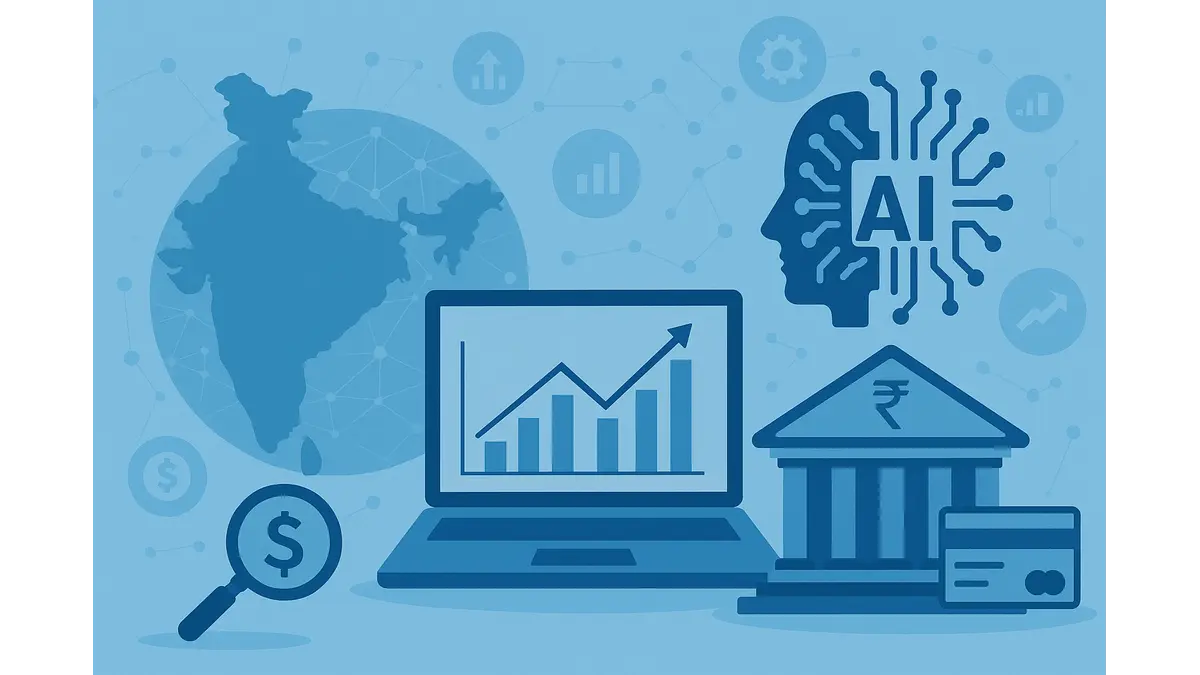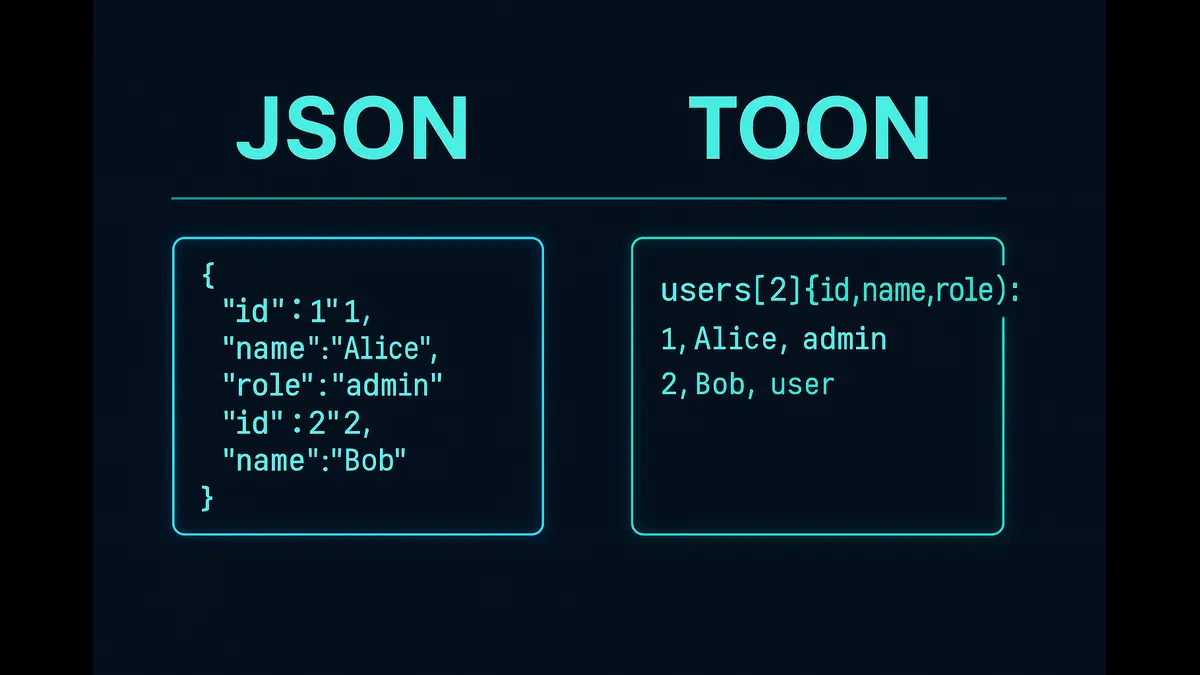
An in-depth exploration of how advanced AI is set to revolutionize India’s banking and financial sector, boosting productivity, improving operations, expanding financial inclusion, and aligning with global innovation trends.
In an era where technological advances are reshaping industries across the globe, India’s financial sector stands at the threshold of a historic transformation. Sophisticated artificial intelligence (AI) systems—particularly generative AI (GenAI)—are emerging as powerful tools capable of redefining how banks and financial institutions operate, compete, and serve their customers.
A recent study by Ernst & Young (EY) in its AIdea of India: 2025 report projects that GenAI could boost productivity in Indian banking operations by up to 46% by 2030. While several media outlets have loosely attributed this figure to the Reserve Bank of India (RBI), the underlying research and quantification originate from EY’s analysis. The RBI’s role, in this context, has been more about acknowledging the transformative potential of AI and encouraging its responsible deployment rather than issuing the projection itself.
These gains, EY notes, will not be evenly distributed; they will depend on how effectively institutions deploy AI across functions—ranging from customer engagement and compliance to risk management and product innovation. The implications stretch beyond operational metrics: they point toward a more inclusive, efficient, and adaptive financial ecosystem, particularly vital for a country where millions remain outside the formal banking net.
From Digital Push to Intelligent Transformation
India’s banking and financial services landscape has undergone rapid digitalization in the past decade—spurred by initiatives like Jan Dhan Yojana, Aadhaar, and Unified Payments Interface (UPI). Yet, significant challenges remain in extending quality financial services to the underserved and unbanked. This is where AI, particularly advanced analytics and alternative data models, offers game-changing possibilities.
Alternative credit scoring models powered by AI are already expanding access to credit. These models use non-traditional data points such as utility bill payment histories, Goods and Services Tax (GST) filings, mobile phone usage patterns, and even e-commerce transaction data. This approach is especially important in India’s context, where a large share of the population is “new-to-credit” and lacks traditional credit histories.
By analyzing this broader spectrum of data, financial institutions can more accurately assess risk and approve loans for individuals who would otherwise be excluded. The result is a dual benefit: expanding the customer base for banks and empowering individuals to participate in the formal economy, build credit histories, and improve financial stability.
Conversational AI: Automating the Frontline
In parallel, AI-powered conversational interfaces—chatbots and virtual assistants—are reshaping customer service in Indian finance. According to industry case studies, some insurers’ virtual assistants have handled millions of customer interactions with completion rates approaching 100%, while also coaching human agents.
These tools can manage everyday customer queries—checking account balances, tracking transactions, clarifying loan terms—around the clock. This frees human staff to focus on higher-value tasks, such as resolving complex disputes or advising on investment products. The outcome: faster response times, reduced operational costs, and higher customer satisfaction.
Operational Gains: Risk, Cost, and Compliance
At the core of AI’s transformative promise is its ability to process massive amounts of data at unprecedented speeds, enabling predictive capabilities that improve decision-making and reduce risk.
- Risk Management: Predictive analytics can flag unusual transaction patterns in real time, allowing early intervention to prevent fraud or credit defaults.
- Cost Control: Automation of repetitive processes—from KYC (Know Your Customer) document verification to regulatory reporting—can cut costs substantially. Global benchmarks indicate 20–40% savings in software-related expenditures by 2028 for institutions that integrate AI deeply into workflows.
- Regulatory Compliance: AI-driven monitoring systems can ensure more consistent adherence to regulations, reducing the risk of penalties.
EY’s study highlights that operational productivity gains in India could approach 44–46% in banking operations and 40–45% in sales, customer service, and credit functions by the end of the decade.
Global Context: How India Compares
India’s AI journey in finance mirrors many global trends but with distinctive priorities. McKinsey & Company estimates that AI could generate USD 200–340 billion annually in the global banking sector, equivalent to 2.8–4.7% of industry revenues. The largest gains are expected from:
- Fraud prevention and risk management
- Software engineering productivity improvements
- Regulatory compliance automation
International case studies underscore the scale of potential benefits:
- Analyst productivity in credit processes has risen by 20–60% in some institutions using AI for automated document handling.
- Developers in banking IT functions report 30–55% faster coding cycles with AI-assisted programming tools.
- A major Asia-Pacific bank cited a 40% jump in developer productivity, with over 80% of staff reporting better coding experiences.
Cost savings are equally striking. Bain & Company projects that AI could reduce operational costs by 20–25% while improving process efficiency by up to 50%. For software teams, savings could reach USD 0.5–1.1 million per engineer over a decade through productivity and automation gains.
Centralized vs. Decentralized Adoption Models
Globally, more than half of large financial institutions—particularly in Europe and the U.S.—are adopting centralized AI governance frameworks. Together, these institutions oversee USD 26 trillion in assets. Centralized models allow for better oversight of risk, consistent deployment standards, and optimized resource allocation.
Production-level deployment rates are telling:
- 70% in centralized setups
- Only 30% in decentralized, department-driven models
In India, where regulatory clarity on AI in finance is still emerging, early movers are likely to benefit from establishing cross-functional AI governance teams and centralized capability stacks, including:
- Engagement layers (chatbots, virtual advisors)
- Decision engines (credit scoring, fraud detection)
- Governance and compliance frameworks
Inclusion as a Strategic Differentiator
While cost reduction and efficiency dominate many global AI strategies, India’s demographic realities make financial inclusion a parallel strategic goal. AI’s ability to assess informal income streams, alternative payment behaviors, and other unconventional indicators enables banks to serve customers that traditional systems overlook.
For instance, microfinance institutions leveraging AI-based credit scoring have reported lower default rates and faster loan approvals for rural borrowers. Digital lending platforms using AI to cross-verify GST and mobile data have unlocked credit for small businesses that previously had no access to formal loans.
Challenges to Overcome
The road to full-scale AI adoption in India’s financial sector isn’t without hurdles:
- Data Quality & Integration: Many institutions operate on legacy systems with siloed data. Integrating AI requires costly and time-intensive infrastructure upgrades.
- Skill Gaps: Data scientists, AI engineers, and compliance experts are in short supply, creating hiring bottlenecks.
- Ethical and Regulatory Risks: Bias in AI models can lead to discriminatory lending practices. Regulatory frameworks must evolve to address fairness, explainability, and accountability.
Forward-looking institutions are building “capability stacks” that combine:
- AI engagement layers for customer interaction
- Decision-making engines for core processes
- Strong governance mechanisms for compliance and ethics
The Road Ahead: Strategic Implications
By 2033, advanced AI deployment in global banking is expected to surpass ₹1.02 lakh crore (~USD 12 billion) in annual direct revenue contributions, growing at 28–34% annually. For India, the combination of inclusion-focused AI models and operational efficiency gains could redefine the sector’s role in economic growth.
Strategically, institutions should:
- Invest in Infrastructure: Cloud-native systems, interoperable data pipelines, and AI-ready architectures.
- Adopt Ethical AI Practices: Regular audits, transparency in decision-making, and bias mitigation protocols.
- Upskill Workforce: Equip employees with AI literacy to collaborate effectively with intelligent systems.
The integration of advanced AI into India’s financial sector represents more than just a technological upgrade—it’s a societal inflection point. Correctly implemented, it could make banking more efficient, more inclusive, and more responsive to the diverse needs of the country’s population.
With EY projecting up to 46% productivity gains in banking operations by 2030, the stakes are high. Global benchmarks show similar magnitude in cost savings and efficiency improvements, but India’s unique emphasis on bringing the underserved into the fold adds an important social dimension to the economic narrative.
This is the dual promise of AI in Indian finance: driving growth while deepening trust and participation. By making thoughtful investments today—in technology, governance, and people—banks and financial institutions can help build a system that is not only more productive but also more equitable and resilient for the decades ahead.
Discover more from Poniak Times
Subscribe to get the latest posts sent to your email.








